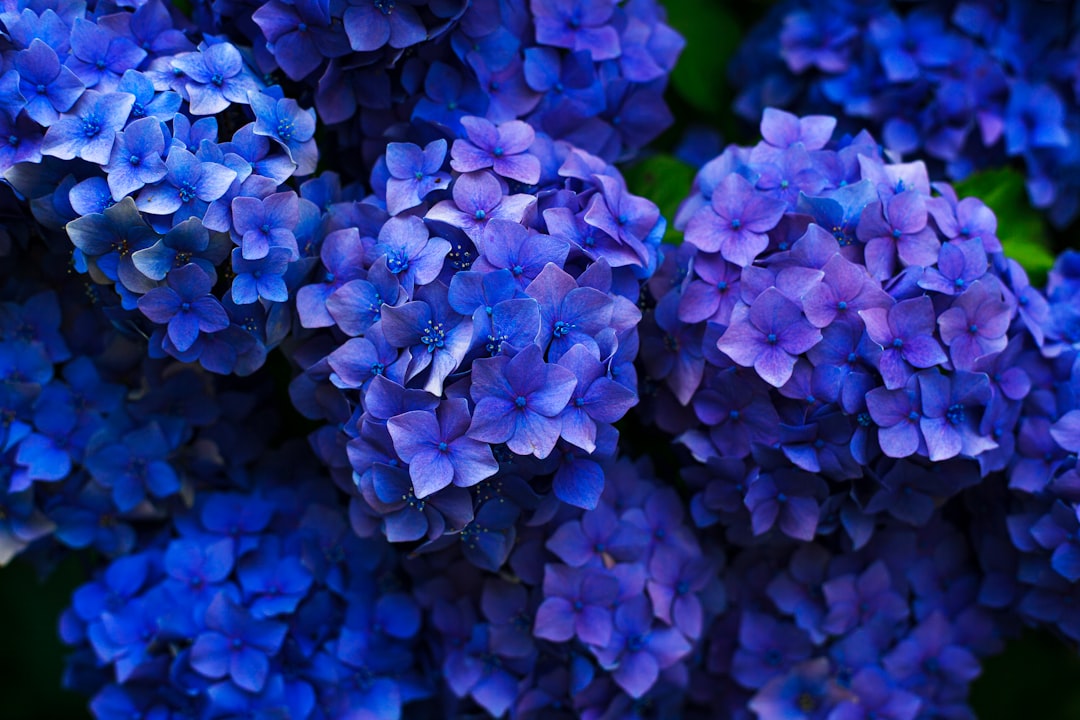Watering is one of the simplest yet most important tasks in flower gardening. While it’s easy to assume that more water equals healthier flowers, overwatering can be just as harmful as underwatering. Knowing how to water effectively ensures that your flowers get the hydration they need without drowning their roots or wasting precious resources.
Here’s a guide to mastering the art of watering, helping your garden flourish while keeping water use efficient and sustainable.
Why Proper Watering Matters
Water is essential for a flower's growth, as it helps transport nutrients, maintain structure, and regulate temperature. However, improper watering can lead to:
-
Root Rot: Overwatering creates soggy soil, depriving roots of oxygen.
-
Wilting: Underwatering or inconsistent watering stresses plants, causing them to wilt.
-
Disease: Wet foliage from poor watering techniques can encourage fungal growth.
Understanding when, where, and how to water will keep your flowers healthy and thriving.
1. When to Water
Timing is everything when it comes to watering flowers.
Best Time to Water
-
Morning: Watering early in the day allows moisture to soak into the soil before the sun evaporates it. It also gives leaves time to dry, reducing the risk of fungal diseases.
-
Avoid Midday: Watering during the hottest part of the day leads to faster evaporation and less water absorption.
-
Evening (with Caution): If you must water in the evening, avoid wetting the foliage, as damp leaves overnight can attract pests and diseases.
Signs Your Flowers Need Water
-
Wilting or drooping leaves
-
Dry, crumbly soil
-
Flowers that lose their vibrancy
Soil Check
Insert your finger about 2 inches into the soil. If it feels dry, it’s time to water. If it’s still moist, wait a day or two.
2. How Much to Water
The amount of water your flowers need depends on factors like species, soil type, and weather.
General Guidelines
-
Most flowers require about 1–2 inches of water per week, including rainfall.
-
Deep, infrequent watering is better than frequent shallow watering. Deep watering encourages roots to grow deeper, making plants more drought-resistant.
Adjusting for Soil Type
-
Sandy Soil: Drains quickly and needs more frequent watering.
-
Clay Soil: Retains water longer but can become waterlogged. Water less frequently but monitor drainage.
-
Loamy Soil: Ideal for flowers, as it retains moisture while draining well.
3. How to Water
The method you use to water your flowers affects how well the water reaches their roots.
Best Practices for Watering
-
Water at the Base: Aim water directly at the soil near the base of the plant. Avoid wetting leaves, as this can lead to fungal diseases.
-
Slow and Steady: Water slowly to allow moisture to penetrate the soil deeply, rather than running off the surface.
-
Mulch for Retention: Add a layer of mulch around your flowers to retain soil moisture and reduce evaporation.
Tools for Effective Watering
-
Watering Can: Perfect for small gardens or container plants.
-
Hose with Nozzle: Use a nozzle with a gentle spray setting to water garden beds.
-
Soaker Hoses or Drip Irrigation: Deliver water directly to the soil, conserving water and reducing evaporation.
4. Avoiding Overwatering
Overwatering is a common mistake that can harm your flowers.
Signs of Overwatering
-
Yellowing leaves
-
Wilting despite moist soil
-
Mushy roots or root rot
How to Prevent Overwatering
-
Water only when the soil feels dry 2 inches below the surface.
-
Ensure your garden beds have good drainage. Raised beds or adding organic matter can help.
-
Check weather forecasts to avoid unnecessary watering after rain.
5. Special Considerations for Different Flowers
Some flowers have unique watering needs based on their natural habitat:
-
Drought-Tolerant Flowers: Succulents, lavender, and marigolds prefer dry soil and need infrequent watering.
-
Moisture-Loving Flowers: Hydrangeas and impatiens thrive in consistently moist soil. Water these more frequently, especially in hot weather.
-
Newly Planted Flowers: Require more frequent watering until their roots establish.
6. Adapting to Seasonal Changes
Your watering schedule should change with the seasons:
-
Spring: Water sparingly as the weather warms up.
-
Summer: Increase watering frequency during hot, dry spells.
-
Fall: Gradually reduce watering as temperatures cool.
-
Winter: Most flowers go dormant, requiring little to no watering.
Conserving Water While Watering
Gardening responsibly means conserving water whenever possible:
-
Collect rainwater in barrels to use in your garden.
-
Water in the morning to reduce evaporation.
-
Use drip irrigation to deliver water directly to the roots.
Final Thoughts
Watering flowers effectively is about finding the balance between keeping the soil moist and avoiding excess water that leads to problems. With a little practice and observation, you can ensure that your flowers stay healthy, vibrant, and full of life.
By understanding your plants’ specific needs and tailoring your watering routine to the climate, soil, and season, you can make the most of this essential gardening task.
So, grab your watering can or hose, and let your flowers bloom to their fullest potential! 🌸
What are your go-to watering tips? Share them in the comments below!

Comments
No comments yet. Be the first to comment!
You must be logged in to comment. Login